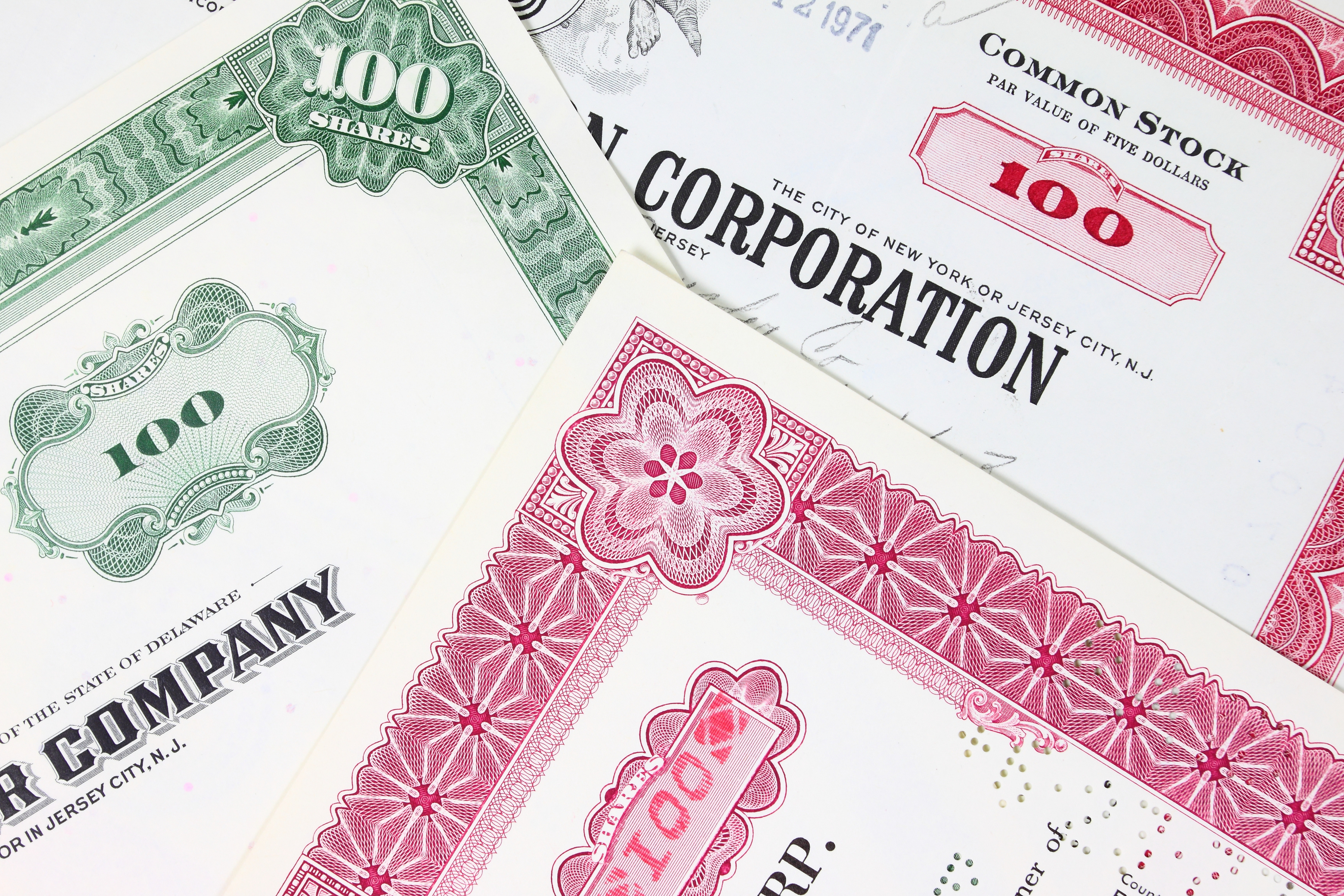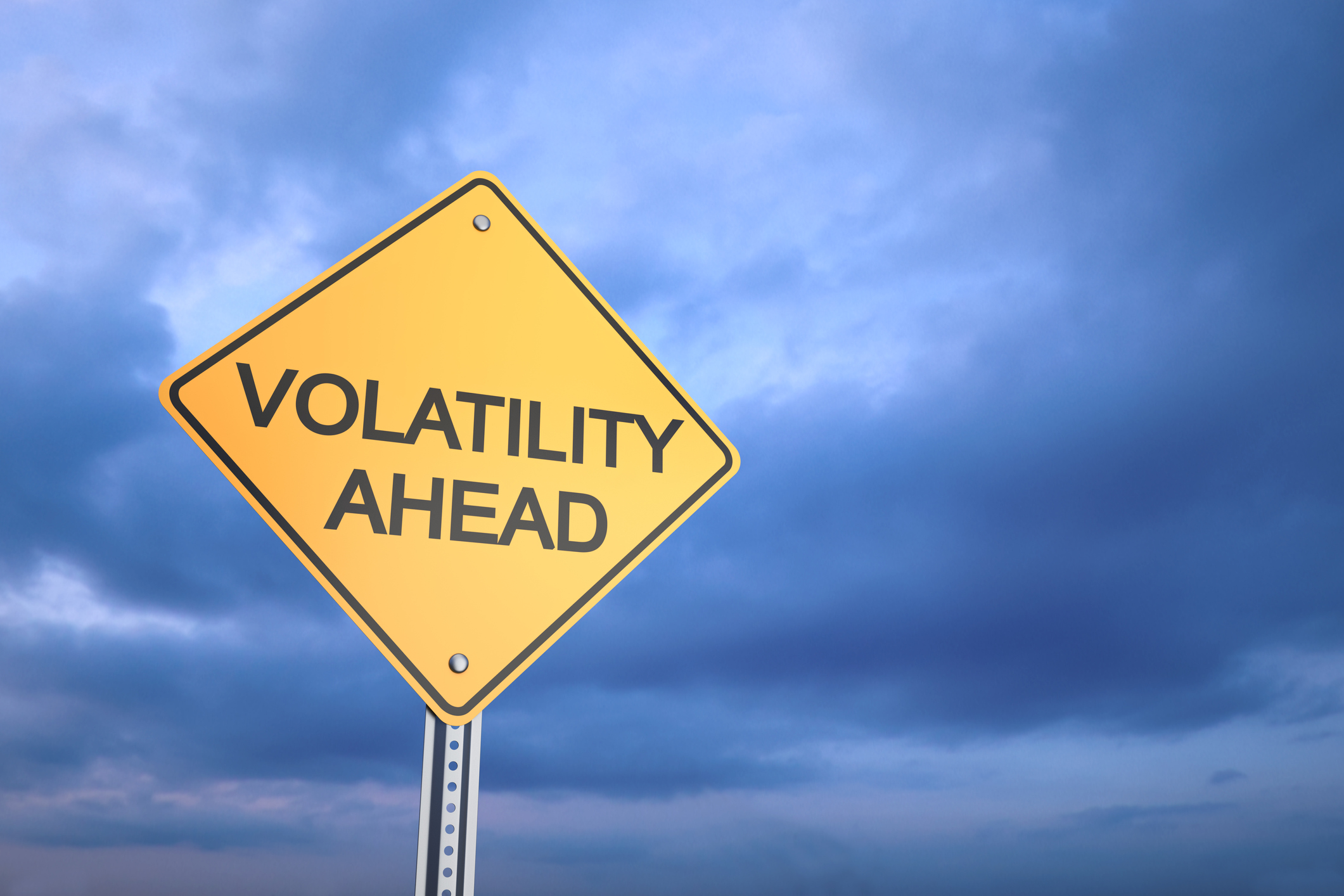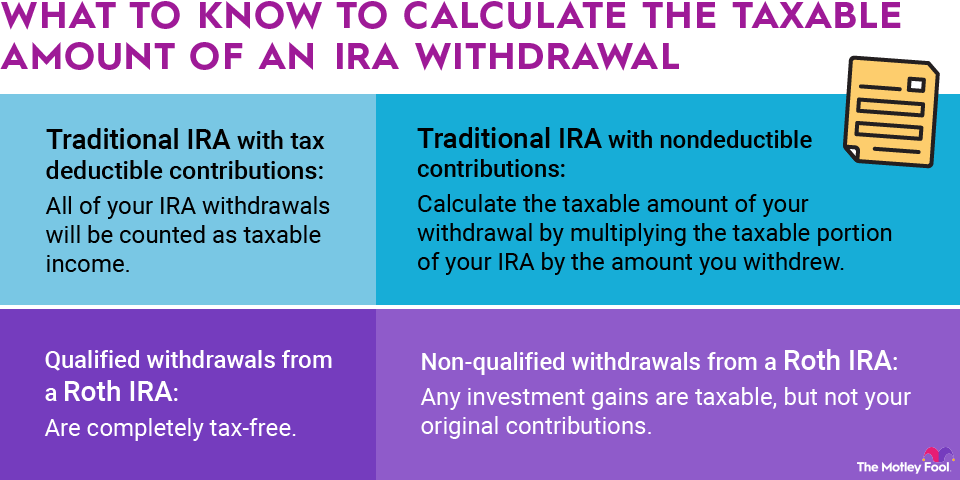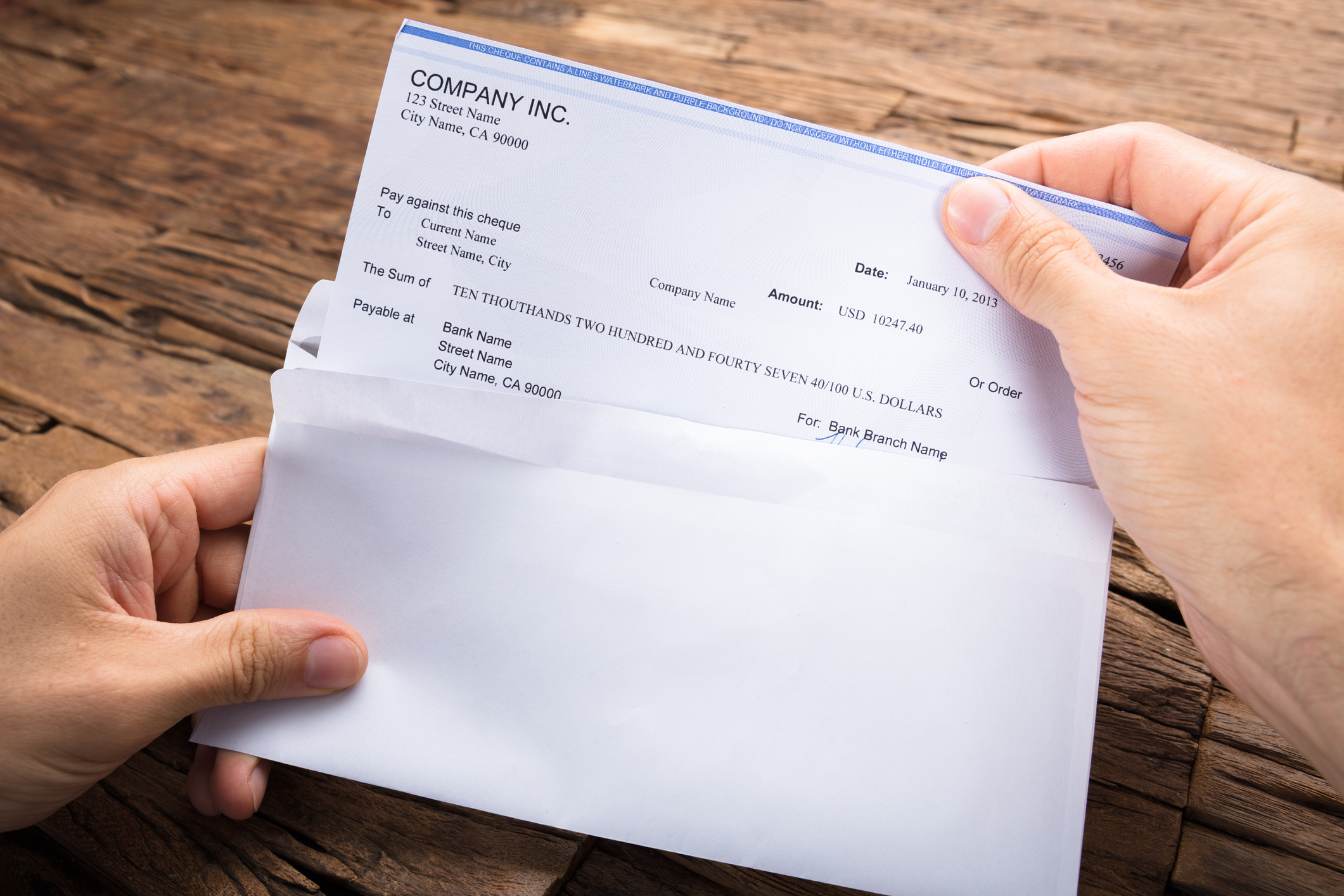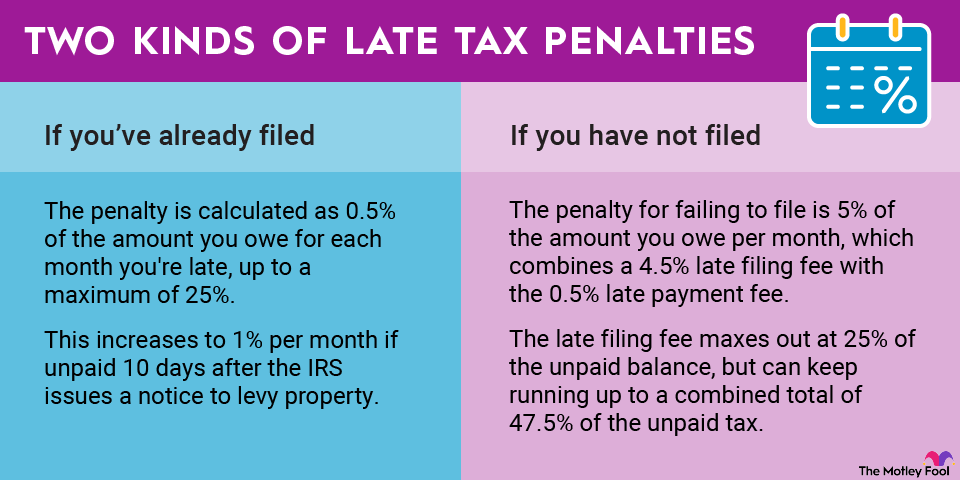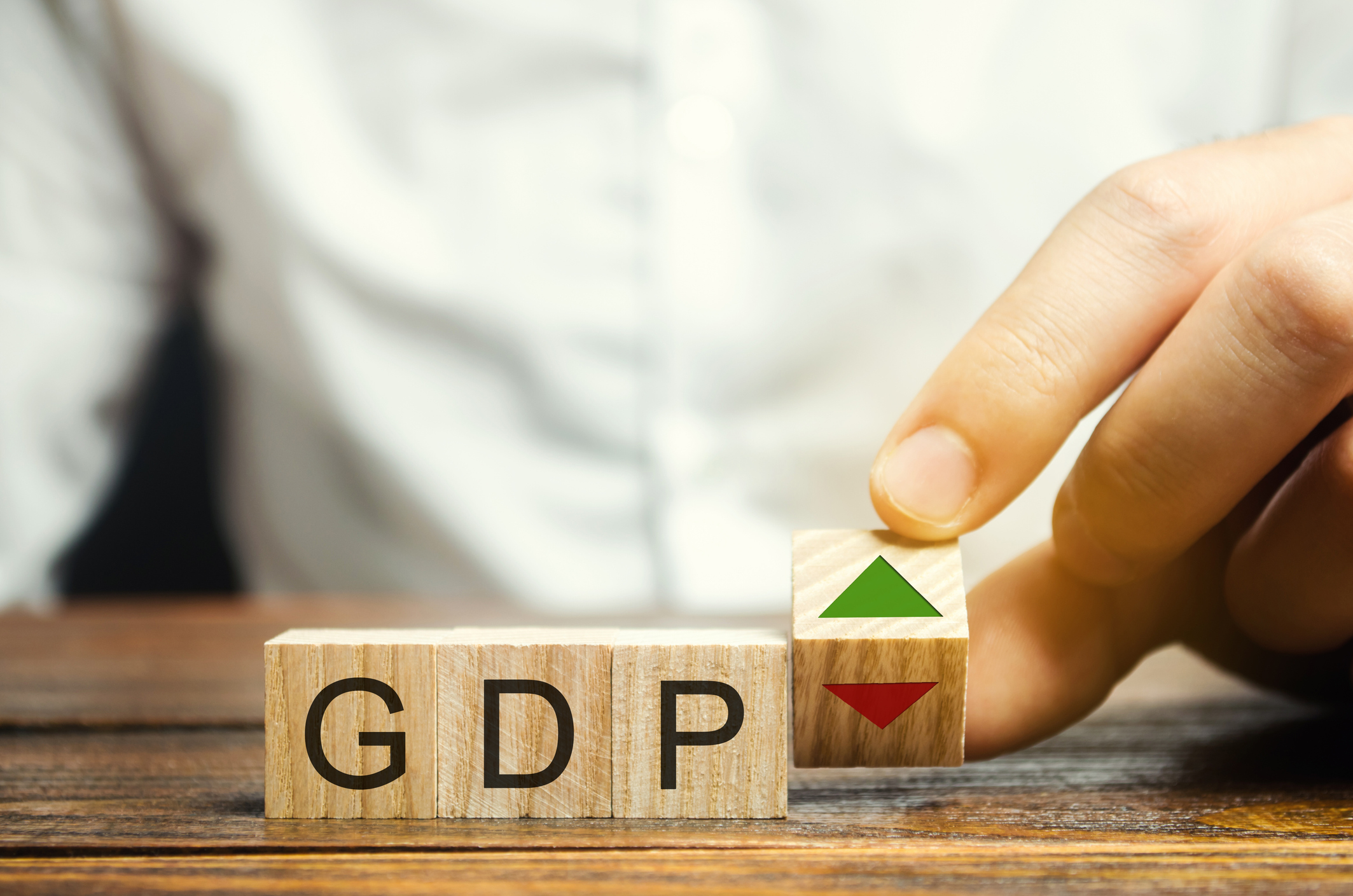Bond prices move up and down constantly, and it's common for bond investors to face situations where they have to pay more than the face value of a high-interest bond in order to persuade the current owner to sell it. If you pay a premium to a bond's face value, you can amortize that premium over the remaining term of the bond. Doing so requires that you keep track of the unamortized bond premium so that you can make the appropriate calculations for annual amortization. Below, we'll take a closer look at buying bonds at a premium and handling them correctly for tax purposes.

Why would you pay more than face value for a bond?
The main reason bond prices move has to do with interest rates. If a bond is issued at a given rate and then prevailing interest rates in the bond market fall, then the higher-interest bond looks better than it did previously. That in turn pushes its price higher.
The total bond premium is equal to the market value of the bond less the face value. For instance, with a 10-year bond paying 6% interest that has a $1,000 face value and currently costs $1,080 in the market, the bond premium is the $80 difference between the two figures.
For the second year, you've already amortized $6 of your regular bond premium, so the unamortized bond premium is $80 minus $6, or $74. Multiply $1,074 by 5% to get $53.70, subtract it from $60, and you can see that you'll amortize $6.30 in the second year, leaving you with $67.70 in unamortized bond premium.
By amortizing your bond premium, you can get tax benefits during the course of owning the bond, rather than having to wait until you sell it or until it matures. The method requires that you keep track of your unamortized bond premium, but that's a small price to pay for tax savings.




